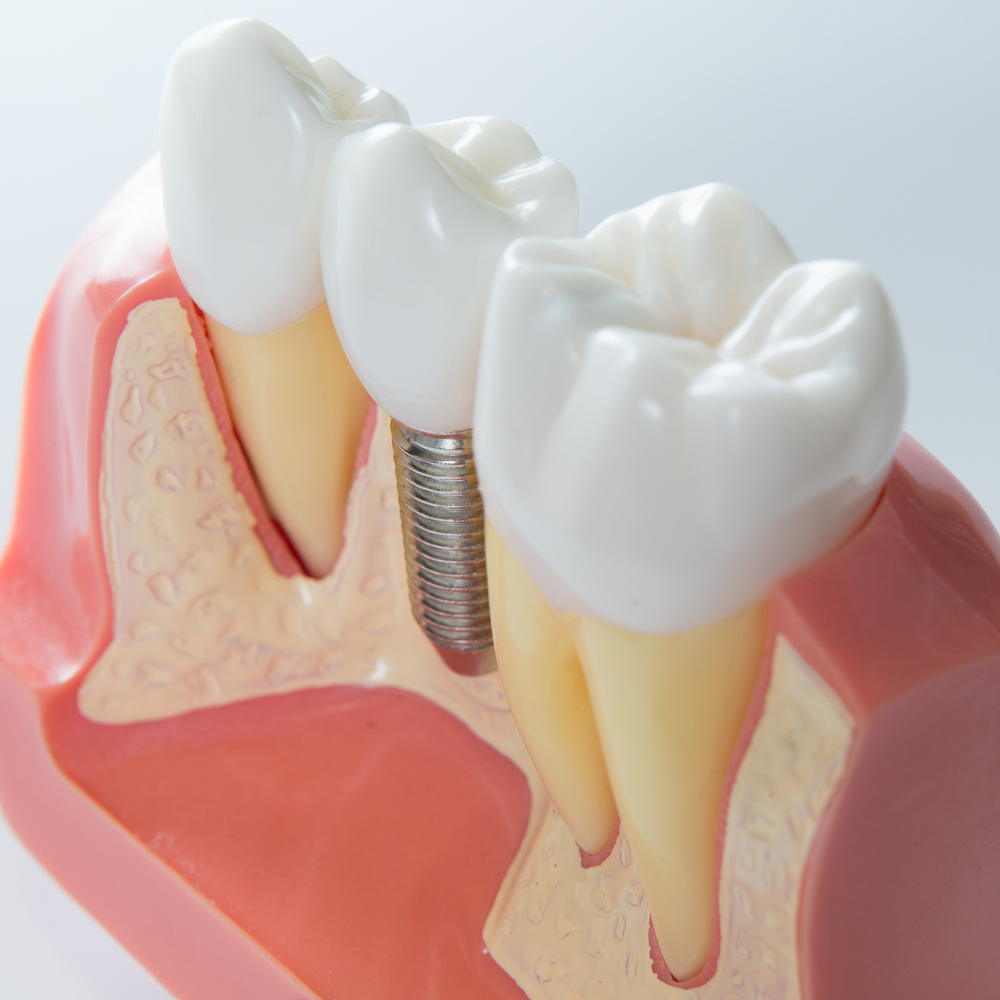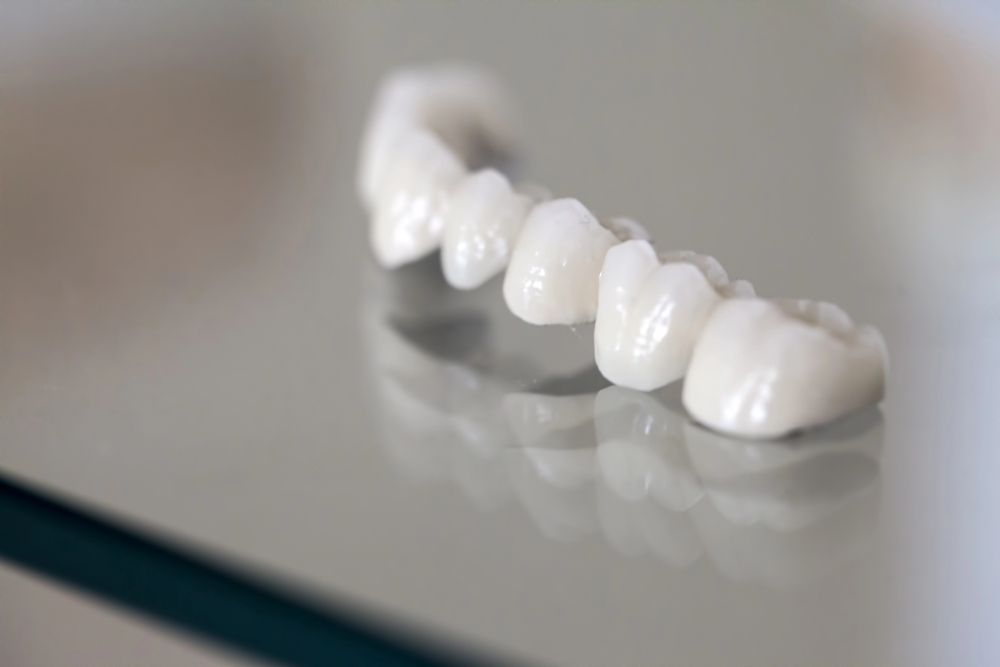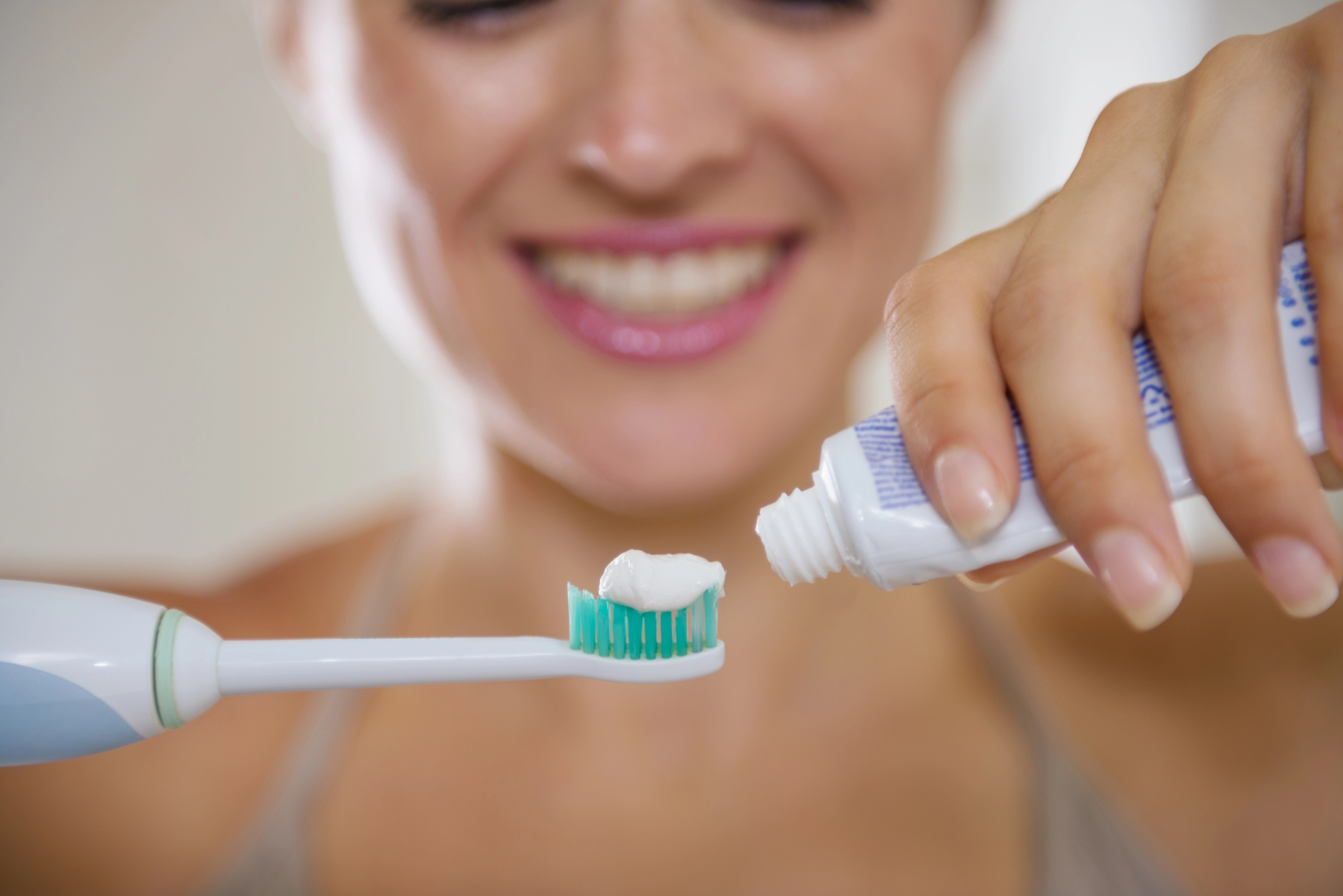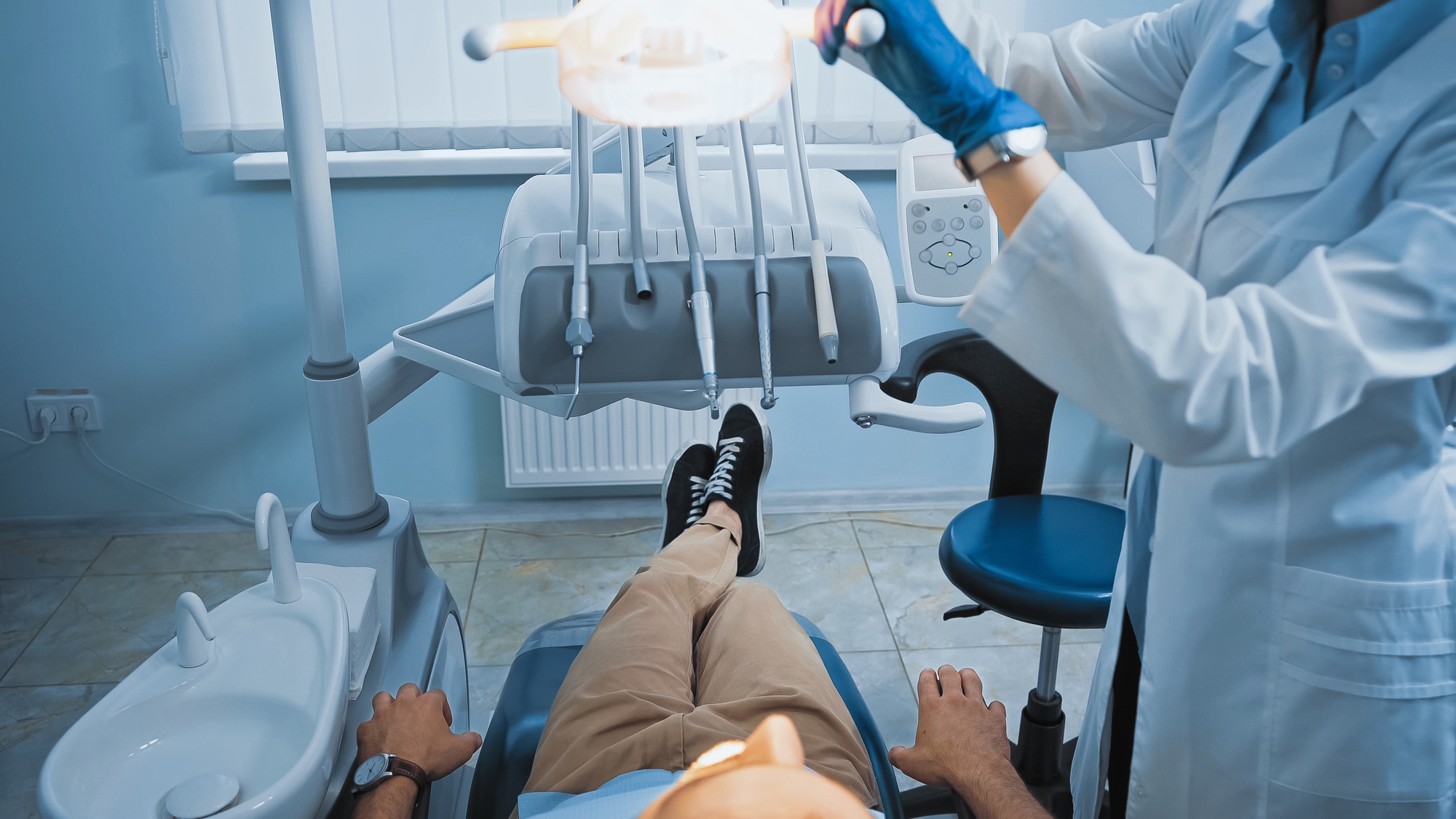Dental implantology has undergone a remarkable transformation over the decades, becoming one of the most reliable and innovative solutions for replacing missing teeth. What began as a rudimentary practice has evolved into a sophisticated discipline, integrating cutting-edge technologies and advanced materials to improve patient outcomes. This article explores the journey of dental implantology and highlights groundbreaking advancements such as pterygoid implants, while emphasizing the importance of maintaining good oral hygiene for long-term success.
The Early Days of Dental Implants
The history of dental implants dates back thousands of years. Archaeological discoveries have revealed ancient civilizations attempting to replace missing teeth using materials like seashells, stones, and animal bones. However, it wasn’t until the mid-20th century that modern dental implantology began to take shape.
In 1952, Dr. Per-Ingvar Brånemark, a Swedish orthopedic surgeon, discovered the concept of osseointegration—the process by which bone bonds with titanium. This breakthrough led to the development of titanium dental implants, which provided a stable and durable solution for tooth replacement. Brånemark’s discovery laid the foundation for modern dental implantology, marking the beginning of a new era.
The Rise of Technological Advancements
Over the years, technological innovations have revolutionized dental implantology, making procedures more efficient, precise, and patient-friendly. Here are some key breakthroughs that have transformed the field:
1. Digital Imaging and Planning
The introduction of digital imaging technologies, such as cone-beam computed tomography (CBCT), has significantly enhanced treatment planning. These 3D imaging systems allow dentists to visualize the patient’s oral anatomy in detail, enabling accurate assessment of bone density, nerve positioning, and sinus location. This precision minimizes risks and ensures optimal implant placement.
2. Computer-Aided Design and Manufacturing (CAD/CAM)
CAD/CAM technology has revolutionized the fabrication of dental restorations. Dentists can now design custom crowns, bridges, and abutments with unparalleled accuracy. This ensures a perfect fit and natural appearance, enhancing patient satisfaction. Additionally, the use of CAD/CAM streamlines the workflow, reducing treatment time.
3. Pterygoid Implants
One of the most notable advancements in dental implantology is the development of pterygoid implants. These specialized implants are anchored in the pterygoid bone, a dense region at the back of the upper jaw. They offer a viable solution for patients with severe maxillary bone loss who are not suitable candidates for traditional implants or bone grafting procedures.
Pterygoid implants eliminate the need for invasive bone grafting surgeries, reducing recovery time and treatment complexity. They provide excellent stability and allow for immediate loading, meaning patients can receive their prosthetics shortly after the procedure. This innovation has been a game-changer for individuals with challenging oral conditions, expanding the possibilities of dental implantology.
The Role of Biomaterials and Surface Modifications
Advancements in biomaterials have also played a crucial role in the evolution of dental implants. Modern implants are crafted from biocompatible materials like titanium and zirconia, which promote osseointegration and reduce the risk of rejection. Surface modifications, such as sandblasting, acid etching, and plasma spraying, enhance the implant’s ability to integrate with bone, ensuring long-term stability.
Zirconia implants, in particular, have gained popularity due to their aesthetic advantages. Their tooth-colored appearance makes them an excellent choice for patients with thin or receding gums, where titanium implants might become visible.
Minimally Invasive Techniques
Technological advancements have paved the way for minimally invasive implant procedures. Guided implant surgery, for instance, utilizes digital planning and surgical templates to place implants with exceptional accuracy. These techniques reduce surgical trauma, shorten recovery times, and improve patient comfort.
Additionally, innovations such as laser technology and piezosurgery allow for precise bone modifications with minimal disruption to surrounding tissues. These tools are especially beneficial for complex cases requiring extensive bone preparation.
The Importance of Oral Hygiene in Implant Success
While technological advancements have significantly improved the success rates of dental implants, patient commitment to maintaining good oral hygiene remains critical. Proper care prevents peri-implantitis—an inflammatory condition that can lead to implant failure.
Here are some essential oral hygiene practices for implant patients:
– Daily Brushing and Flossing: Use a soft-bristled toothbrush and non-abrasive toothpaste to clean around the implants. Floss or use interdental brushes to remove plaque between teeth and implants.
– Regular Dental Checkups: Routine visits to the dentist allow for professional cleaning and early detection of potential issues.
– Avoiding Harmful Habits: Refrain from smoking, as it impairs healing and increases the risk of implant complications.
– Using Antibacterial Mouthwash: An antibacterial rinse can help reduce plaque buildup and maintain gum health.
By practicing good oral hygiene, patients can ensure the longevity of their dental implants and enjoy the full benefits of these advanced solutions.
The Future of Dental Implantology
As technology continues to evolve, the future of dental implantology looks incredibly promising. Emerging innovations such as artificial intelligence (AI) and machine learning are expected to enhance diagnostic accuracy and treatment planning. AI-driven tools can analyze patient data to predict implant success rates and recommend personalized treatment approaches.
Moreover, research into regenerative medicine and tissue engineering holds the potential to revolutionize implantology further. Scientists are exploring ways to grow bone and gum tissue, eliminating the need for synthetic materials and invasive procedures. These advancements could make dental implants even more accessible and effective.
The evolution of dental implantology is a testament to the power of innovation and perseverance. From the discovery of osseointegration to the development of pterygoid implants and minimally invasive techniques, technological breakthroughs have redefined what is possible in tooth replacement. However, the success of these advancements hinges on the patient’s dedication to practice good oral hygiene and work closely with their dental care providers. As we look to the future, the possibilities for improving oral health and restoring smiles are boundless







